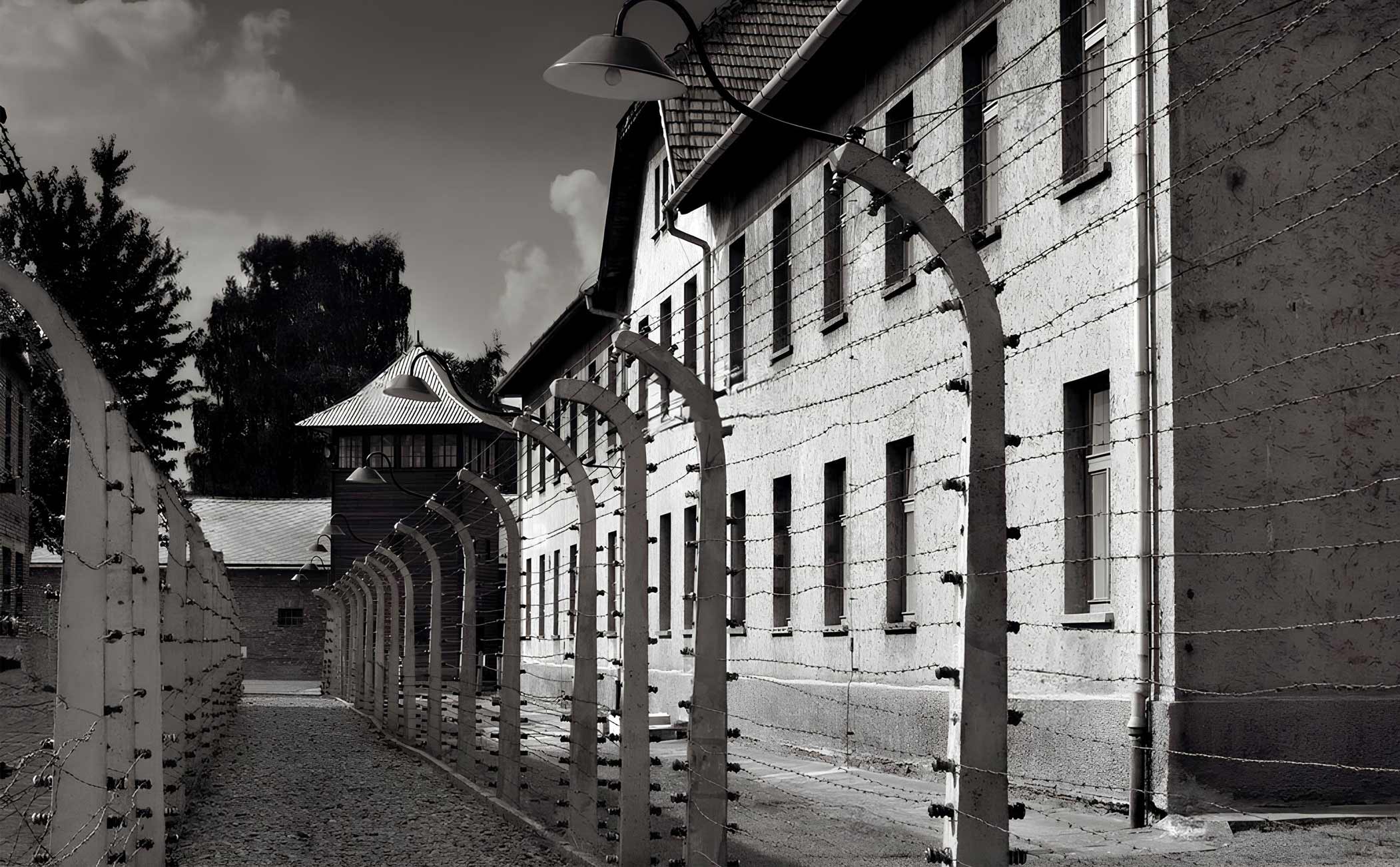New Zealand has committed NZ$2.7 billion (approximately US$1.6 billion) to upgrade its defence aviation capabilities under the 2025 Defence Capability Plan. The government’s announcement of the investment confirmed that the upgrade will modernise the country’s ageing air fleet while improving its ability to respond to humanitarian crises and regional security challenges.
What does the Investment Cover?
New Zealand will acquire five MH-60R Seahawk helicopters from Lockheed Martin’s Sikorsky division at a cost of around NZ$2 billion. These aircraft are designed to replace the outdated SH-2G(I) Seasprite maritime helicopters, which have struggled to keep pace with modern operational demands.
According to details released about the helicopter procurement, the new Seahawks will significantly improve anti-submarine warfare and maritime surveillance capabilities.
The government will also secure two Airbus A321XLR aircraft through a six-year lease-to-buy deal valued at NZ$700 million. The decision to move to the A321XLR platform will replace New Zealand’s ageing Boeing 757s, which have been in service for over three decades, and provide extended range and greater reliability for diplomatic and humanitarian missions.
This investment is part of a broader NZ$9 billion increase in defence funding over the next four years, which is expected to lift New Zealand’s defence spending to nearly 2% of GDP within eight years, up from just over 1%.
Why the Upgrade Matters: Enhancing Capability and Reach
The MH-60R Seahawks will deliver advanced anti-submarine systems, maritime strike capabilities, and high-level surveillance tools, giving the Royal New Zealand Navy greater interoperability with regional allies like Australia. The Airbus A321XLR aircraft has a range of up to 8,700 kilometres, allowing for Antarctic missions without refuelling and supporting faster, more efficient humanitarian deployments.
Responding to Global Security Challenges
Defence Minister Judith Collins said the decision was driven by a “sharply deteriorating global security environment.” The defence capability plan identifies growing risks, including espionage, foreign interference, and heightened tensions in the Indo-Pacific, which emphasises the need for more modern and capable aviation assets.
Fixing Operational Shortcomings
New Zealand’s current Boeing 757s have suffered repeated mechanical failures that left prime ministers and official delegations stranded overseas. Replacing them with newer aircraft aims to restore confidence and consistency in critical diplomatic and humanitarian operations.
Procurement Strategy
To accelerate delivery, the Seahawk helicopters will be purchased through the United States Foreign Military Sales program, which avoids lengthy competitive tender processes. The Airbus A321XLR aircraft are secured under a lease-to-buy arrangement, with deliveries scheduled to begin by 2028.
Humanitarian and Regional Benefits
The upgraded fleet will enhance New Zealand’s capacity to deliver emergency aid, conduct large-scale evacuations, and respond to natural disasters across the Pacific. By improving its operational reach, New Zealand strengthens its role in supporting regional stability and humanitarian operations while deepening defence cooperation under the ANZAC partnership with Australia.
What This Means for the Region.
This investment signals a significant shift in New Zealand’s defence strategy. Historically, the country has maintained modest military resources, but rising Indo-Pacific tensions are prompting a more proactive approach to regional security. For Australia, the upgrades highlight closer defence integration with New Zealand and a stronger collective focus on humanitarian response, operational readiness, and long-term stability in the Pacific.








